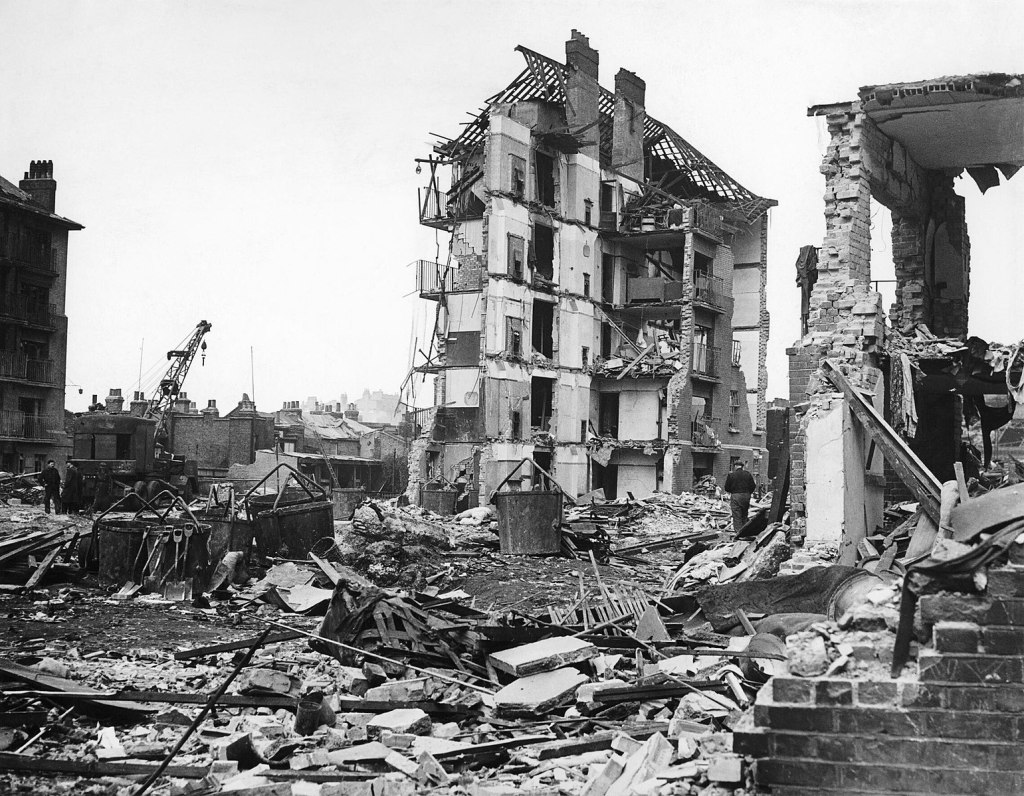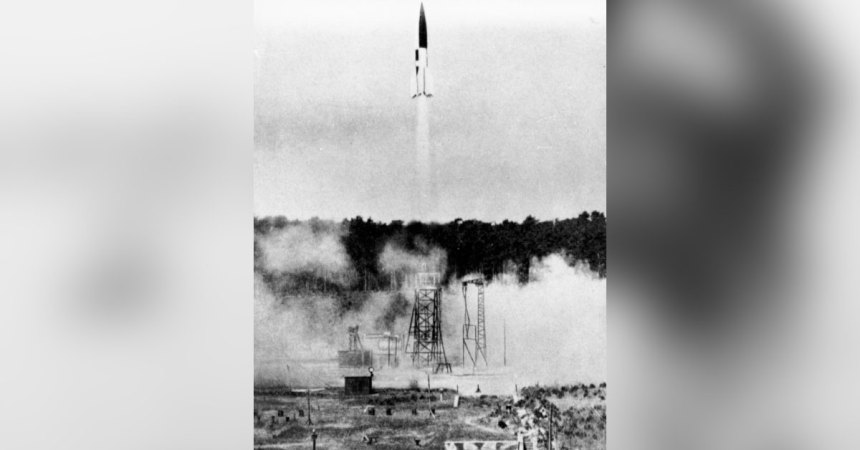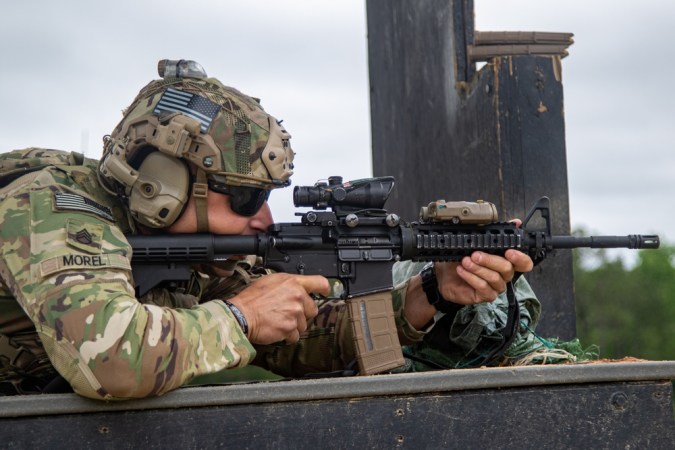In World War II, a V-2 rocket slammed into the ground outside of a 14-year-old boy’s London home. It exploded and sent a burst of wood, glass and metal shrapnel through the house. Eric Horne, luckily, suffered only minor wounds. But in one of those wounds, in his cheek, a piece of the rocket embedded itself only to be discovered 77 years later as the retired police officer looked in the mirror.
The V-2 Rocket program
Early in World War II, Germany largely eschewed “wonder weapons” as its conventionally armed military successfully took out the world’s most powerful fort in hours, swept across western Europe, and slammed deep into the Soviet Union.
But then the Soviet Union and United States joined the Allies. An overstretched Wehrmacht fell back from North Africa, in Russia, and the Balkans. Italy crumbled under determined assaults. And the Nazis knew they needed a game-changing plan in order to survive, let alone win.
And so they pursued a series of…let’s call them “questionable” wonder weapon programs. The V-1 and V-2 programs fell under this umbrella. The V-1 was a pulsejet-powered cruise missile and the V-2 was a rocket-powered ballistic missile.
The Royal Air Force and the rest of the British military eventually got a handle on V-1 defense. The jet-powered missiles could just barely be chased and shot down by British fighters. And in some cases, when the pilot couldn’t fire, he instead tipped the V-1 off-route with his wings.
But V-2 rockets flew supersonic and into space. For most of their arc, they flew up to eight times faster than common fighters of the day. And at the top of their arc, when they were a bit slower, they flew higher than any fighter could reach, often breaching space.
There were no recorded intercepts in all of World War II, according to a 1963 article (JSTOR paywall).
Both weapons caused terror in British cities and suburbs, but they were quite expensive for the Germans. Germany simply couldn’t sustain a high bombardment rate when each warhead needed its own fuel, engine, and fuselage. Historians today contend that the missile program was probably a mistake.
Still, for a short period, Germany did launch 100 missiles a day, terrifying British citizens.

Eric Horne, British boy, and the V-2 rocket
One of the British citizens who attempted to go about his life under the constant threat of V-1 and V-2 attacks was the aforementioned Eric Horne. The young boy was sitting at home in September 1944 in South London. A V-2 slammed into the ground less than 165 feet away from him.
Fourteen people died in the attack, but Horne luckily just suffered a series of cuts. Shrapnel embedded into his skin. But he recovered safely. He moved to Australia and became a police officer. He married, had kids. And he retired and grew old.
One day, when he was 92 years old, he noticed a small object embedded in his cheek. He used tweezers to tease it out and noticed tiny markings on the object. He sent it to a V-1 and V-2 specialist who confirmed what Eric must have suspected: The piece of shrapnel came from the rocket that nearly killed Eric.
Today, the object is in the collection of the Imperial War Museums of London. Their video on the V-2 rocket, which includes the story of Eric Horne, is embedded above.










